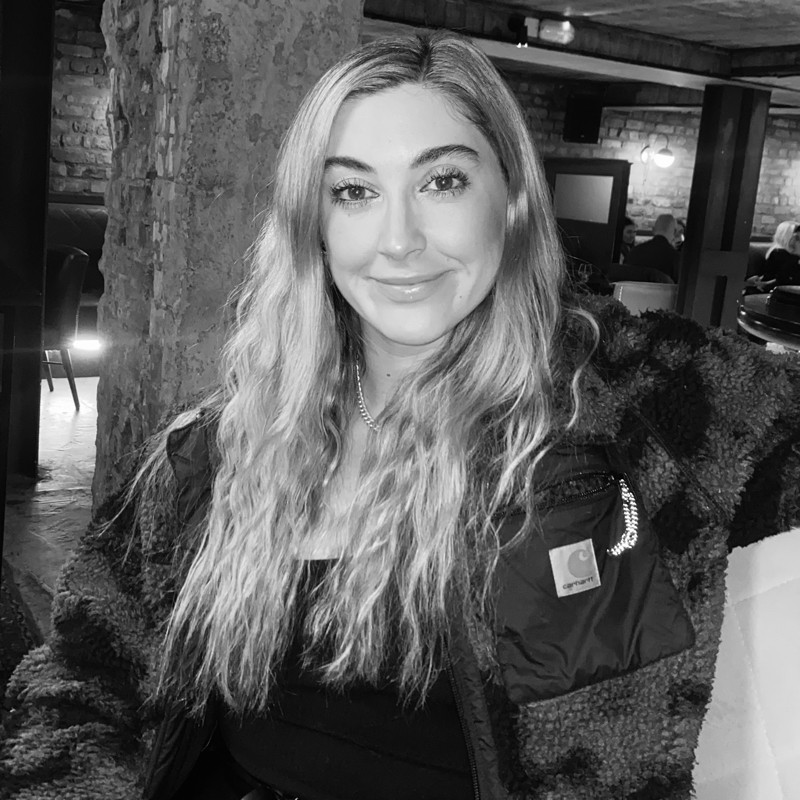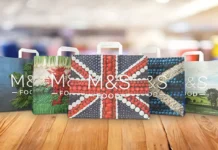Naomi Stewart from Packaging Innovations & Empack organiser Easyfairs, explains why the promise of a ‘sustainable future’ creates many questions that can only be answered with collaboration
How long does it take for something groundbreaking to become business-as-usual? At what point do those nice-to-haves become the norm? How exactly does it happen? And, perhaps most importantly of all, how do you keep progressing after what was once exceptional becomes the default?
Some of the more experienced readers of this article may remember when the mobile phone you may well be reading on wouldn’t have been able to send text messages, much less access the internet. When the first texts started pinging between chunky plastic bricks in the early 90s, it must have been hard to imagine a future where even the most rudimentary of mobile phones on the market would be able to send not just text, but photos and videos to people on the other side of the planet. But that future is now our present, and that once-remarkable innovation is now quaintly ordinary.
Packaging is at the beginning of a transformation that is equally as fundamental – a green transformation. However, these kinds of changes don’t just happen on their own, they must be driven by industry innovation and shared learning.
A necessary transformation
Of course, the transformation seen in mobile phones and most other industries is driven by market forces. Customers make use of new innovations for work and pleasure, and the industry simply invests in making them more cost-effective and profitable. Packaging’s transformation is largely driven by necessity.
Constantly evolving regulations around the world mean that the packaging sector cannot avoid its environmental responsibilities. Several countries have passed bans of varying scope on unnecessary single-use plastics, including the UK, France, Spain, and India. In the EU, the proposed Packaging and Packaging Waste Regulations (PPWR) reform promises to overhaul the entire European landscape. Meanwhile, several American states are passing their own regulations, such as the Californian Bottle Bill, which is a version of the proposed Scottish Deposit Return Scheme.
Another wave of change is being driven by consumers, whose minds are largely already made up. Study after study shows that consumers are voting with their wallets and willing to pay more for products they perceive to be sustainable; a sentiment held so firmly that it persists even in the grip of the cost-of-living crisis.
This means that brands are facing pressure from several directions to provide innovative packaging to consumers – pressure which will be naturally passed on to the converters and designers in the packaging industry.
Legislation and inspiration
This pressure might feel unwelcome among some stakeholders in the industry. But, just as diamonds are created under the most intense pressure, so too are the greatest innovations. As organisers of Packaging Innovations and both the London and Paris Packaging Weeks, we see the results of those innovations on our show floors several times a year. It means we get to see how the industry is evolving, and the pace at which that evolution is taking place.
Our show floors are now home to a completely different breed of packaging solutions when compared to just five years ago. We now see the industry is completely focused on sustainability in all its forms, which means the first steps on a journey towards a ‘green-by-default’ world have already been taken.
To ensure this journey continues, networking and knowledge sharing will be crucial. Inspiration can come from anywhere, which is why we strive to bring together brands, regulators, and more in addition to traditional packaging companies and packaging service providers at our events. The cross-pollination of ideas between industries can result in game-changing innovations that could become the industry standards of tomorrow.
A collaborative approach
This will facilitate healthier, better-informed discussions around sustainability, and what sustainable packaging means. When we discussed new legislation above, some readers may have noticed that green claims laws were conspicuous by their absence. These laws, making their way onto statute books around the world, are designed to clear up the ambiguity surrounding sustainability, making discussions more productive for businesses and consumers alike. If businesses engage in these discussions in good faith, they can help shape the future of our ‘green-by-default’ agenda. Again, legislation that at first seems restrictive can be fuel for innovation if taken in the right spirit.
For example, will the most sustainable packaging be made with recycled plastic, renewable plant fibre, or a mix of both? Will compostable bioplastics advance to the point where virgin fossil fuel-based plastic is obsolete? Is the widespread adoption of true biodegradable packaging, which can break down into nothing but gas and water no matter where it’s disposed of, a viable prospect? Is the future in highly localised supply chains, vast, global supply chains, or a mix of both? And where do rapidly advancing fields like AI and automation fit in?
Maybe, in future, seaweed-based packaging like NotPla’s headline-grabbing innovation will be the norm. Maybe one day, water-based barrier coatings and bioplastics will advance to the point that ready meal trays can be sealed without using fossil fuel-based plastics at all. Maybe flexible packaging, with its lower weight and reduced transport costs, is the format of the future – or perhaps an absence of packaging is the future, with products supplied ‘naked’ via vending machines into refillable packaging that consumers bring themselves.
Through collaboration and innovation, the industry can make sustainable packaging the default option, just as phones with text messaging, internet access, and touch screens are now the default option in the tech industry. Much about this future remains uncertain, but one that is certain is that the answers to those industry-defining questions will be inspired at shows like Packaging Innovations & Empack.














